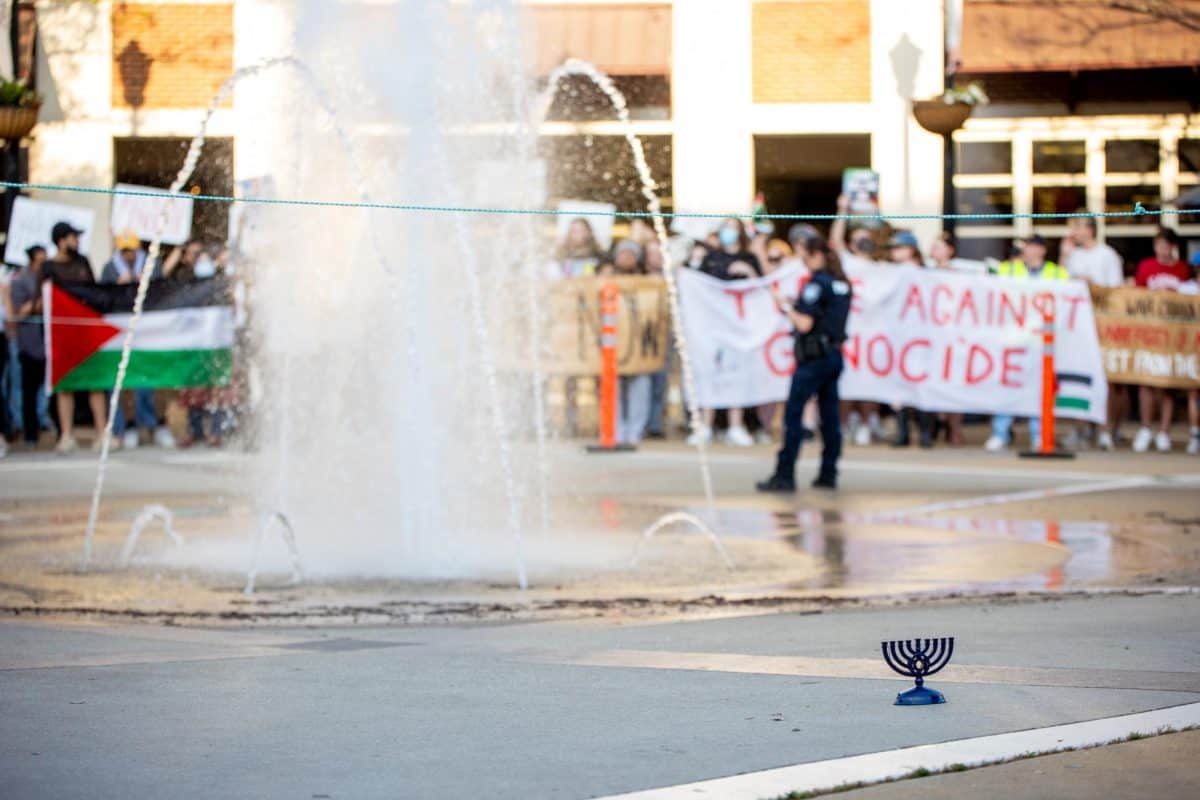Give a man a fish, and you feed him for a day. Teach a man to fish, and you feed him for a lifetime.
This is the philosophy behind the new Freshman Learning Community that teaches students to identify a problem and implement a sustainable solution in their local communities. The FLC “Real Problems, Real Solutions: Serving the Community and Making a Difference with $100” consists of two groups of nine students, each working with the Tuscaloosa Housing Authority to create a lasting solution to a problem using only $100.
The idea behind this comes from the $100 Solution, a nonprofit organization that encourages students to learn leadership and social responsibility while bettering their communities. The program is built on five pillars: reflection, capacity building, partnership, sustainability and reciprocity.
Sara Hartley, director of First Year Experience, learned about the $100 Solution this summer while participating in Semester at Sea, a study abroad program sponsored by the University of Virginia. While on board, she assisted Bernie Strenecky, the founder of the $100 Solution, in teaching a class based on the model.
Hartley said the FLC benefits the participants as well as the community.
“It’s kind of cool for freshmen in their first semester of college to get involved in the community and see a whole project from start to finish and facilitate it themselves,” she said.
The two groups of students have researched the possible issues, met with the Tuscaloosa Housing Authority and are now in the stage of finding a possible solution to one of the issues that the public housing residents face. The students will make the presentation of their proposed solution during finals week.
Adam Familiant, a freshman majoring in marketing and advertising, said he finds his experience in the “Real Problems, Real Solutions” FLC to be a gratifying and influential one.
“I have a lot of experience working with nonprofits and community service, but I was really intrigued by the simplicity of the $100 Solution,” he said. “$100 is a small sum of money, but it can make a big difference.”
The “Real Problems, Real Solutions” FLC is just one of many. Like other FLC’s, Hartley’s meets once a week and consists of a small group of students working closely with an instructor. The heavy emphasis on solving a single community problem, however, is special.
The students in FLC share an interest and enroll together in several linked courses. The interests vary and may focus on a major or career, encouraging academic success or a general special interest.
Pamela Derrick, the director of learning communities, said each FLC is as different as the person teaching it. Derrick teaches an FLC called “Navigating College.” Derrick said what she enjoys most is the relationship with her students, which teaching the course facilitates.
“It’s not so much about the topic as it’s about the relationship,” she said.
The FLC instructors are given around $200 each, providing for Hartley the money for the two $100 Solutions. Other FLC’s, however, use the money towards bonding activities and opportunities to see what Tuscaloosa has to offer. For the most part, Derrick said, the purpose of this goes back to the faculty-student relationship.
“It doesn’t matter where you take them, really. They like going out there and being together. It’s like a safe zone,” Derrick said.
The “Real Problems, Real Solutions” FLC will reserve most of its allotted funds for the implementation of its solution. The solution will either be a quick solution with lasting effects or a start-up program to be led by the group or a student organization.
“We have to think, ‘what can we do now that’ll help them in the future?’” Hartley said.






